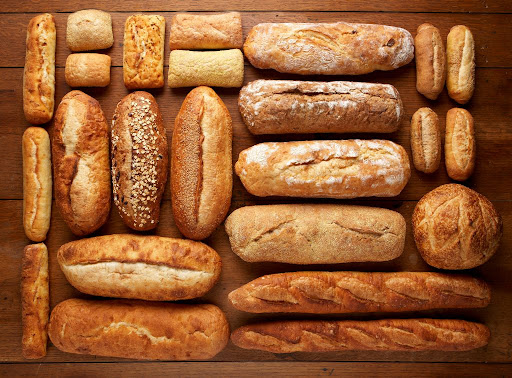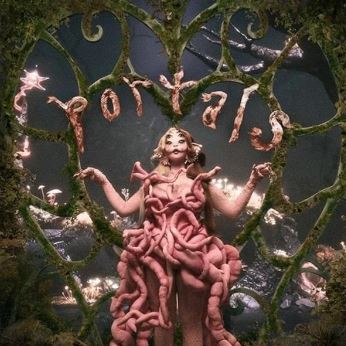With the ushering in of the 21st century, and especially beginning during the Cold War under John F. Kennedy, America decided to shift its educational focus to science, technology, engineering and math, or, more simply, STEM. Neshaminy School District’s newly-hired math and science director, David Geanette, in conjunction with the Superintendent, Robert Copeland, has an outlook heavily emphasizing these fields and plans curriculum maps and budgets accordingly
As a result, the visual and performing arts fade away, whose value should not be subordinate to that of math and science; the creative “out-of-the-box” type thinking can easily be carried over into the researcher’s mind in order to further discovery in their discipline.
America does not have to choose between the two – perhaps, idealizing a balance may propel it into a higher world power status in terms of the academic arena. The Programme for International Student Assessment (PISA) conducted a study of 65 countries to compare education standards and the United States had below average scores in math, and average in both science and reading; the U.S. did not make the top 20 amongst the other developed nations in any category.
Proponents of the STEM initiative argue that it “gives [students] an appreciation of the wide range of approaches that are used to investigate, model, and explain the world” and helps students“become adept problem solvers, innovators, and inventors who are self-reliant by asking questions,” as stated on the district’s website.
While STEM may give the pure factual numbers and formulas to solve real-world problems, the thought production to reach those unique solutions lies in the creative aspect that art brings to the table. In many cases, art and music classes not only function as a student’s recreational hobby but also a stress outlet so he/she able to think more clearly during the day. Symphonies and drawings carry with them a sense of innovation – creating a new melody or capturing a scene with inverted color – which may neurologically enhance the left-brain, controlling the rational side of a person.
Also in terms of memorization, if a scientific concept is presented visually, rather than in an auditory fashion, it may resonate in the student’s mind in an enhanced manner; the presence of an art form directly amplifies learning ability.
A 2009 study conducted by The Center for Arts Education in New York found a link between the quality of art education and increased graduation rates: “High schools in the top third of graduation rates were more likely to have offered students an opportunity to attend an arts activity, such as a theater performance, dance recital, or museum exhibit, than schools in the bottom third.”
Perhaps having the lure of a creative element as part of the high school student’s education served as an incentive for him/her to go to school, and while there they also absorbed STEM information throughout the day.
Essentially any school district whose programs equally encompass the arts and sciences within the curriculum prepare its students for a broader range of intellectual capacity as proficiency in either changes their outlook on the world; they are able to conduct thorough analysis on a single object by looking at it from an abstract and a concrete point of view. These seemingly antagonistic areas of study, when combined, produce a more academically empowered student.
The unsigned editorial represents the majority view of the Editorial Board.







